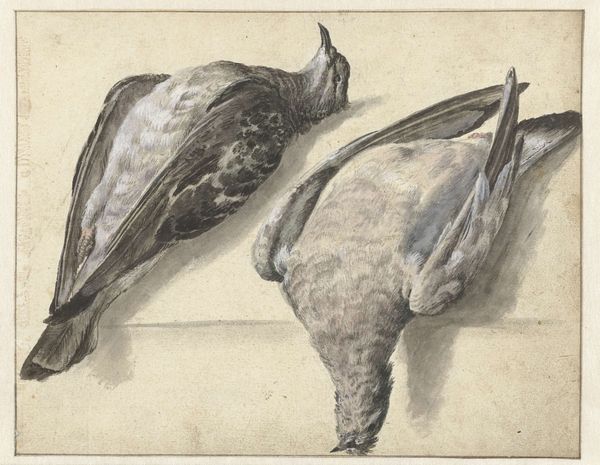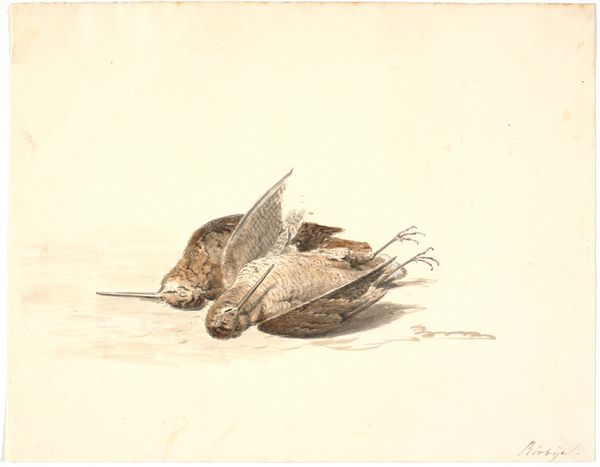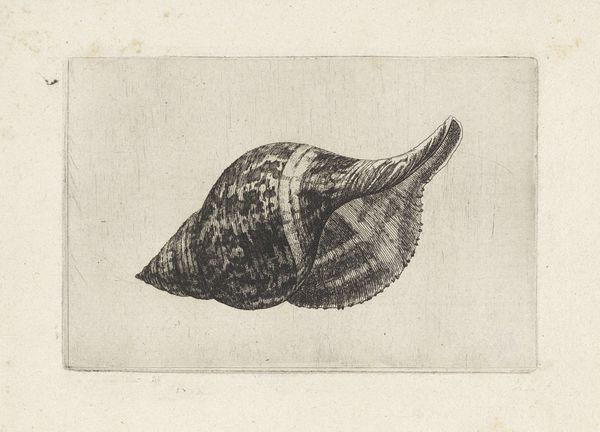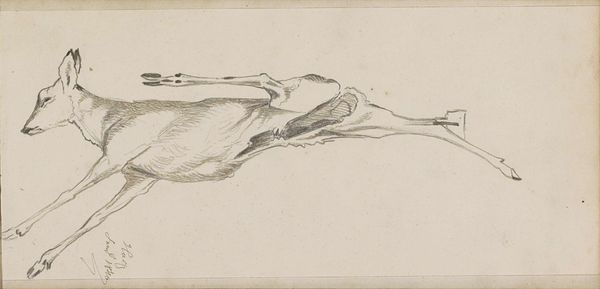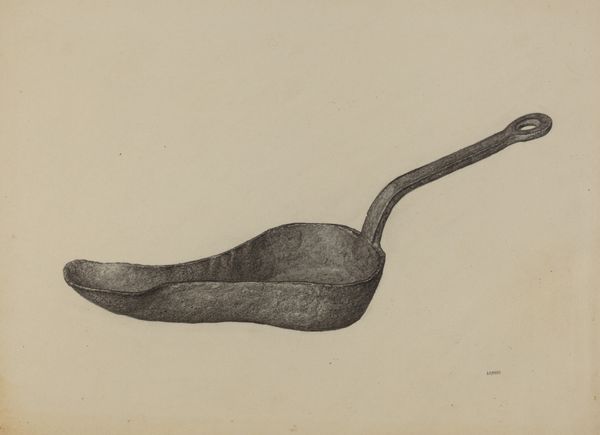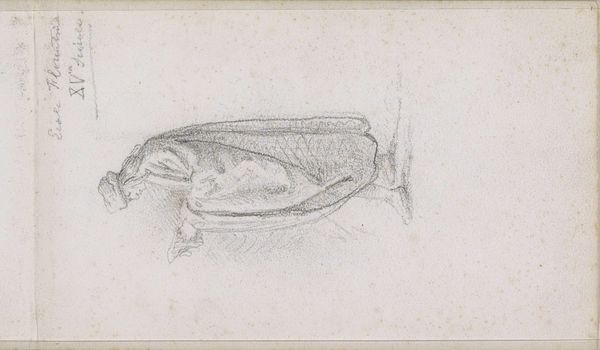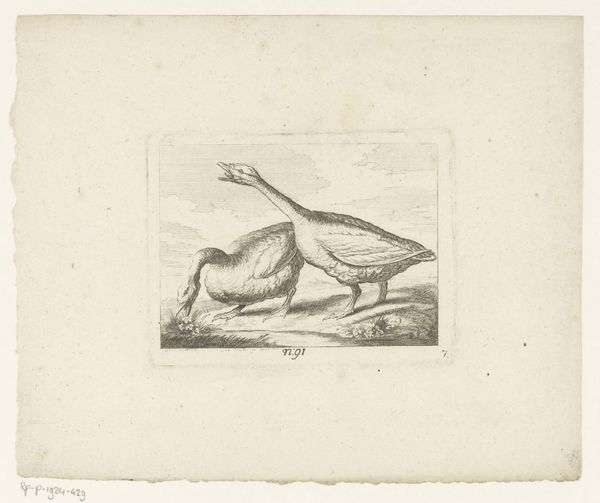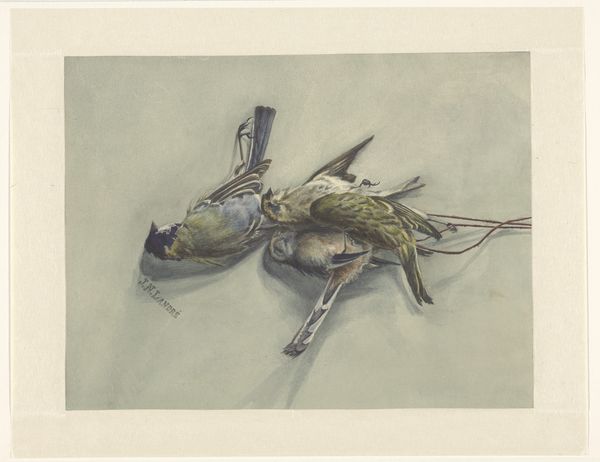
drawing, paper, graphite
#
drawing
#
paper
#
graphite
#
realism
Dimensions: 184 × 252 mm
Copyright: Public Domain
Curator: Look at the somber realism captured in this piece. Henry LeJeune’s graphite drawing, simply titled "Dead Grouse", really stops you. The piece belongs to the collection of The Art Institute of Chicago. Editor: Yes, a striking work! The first thing that grabs me is the contrasting light and shadow, it almost gives it a sculptural presence. I’m immediately drawn into the implied weight and stillness. Curator: Absolutely. When considering pieces like this, I think about the circumstances of its creation and reception. Hunting was an integral part of life for many, both for sustenance and sport. It speaks to humanity's complex relationship with nature. The stark simplicity is also interesting, the lack of background elements really places focus on this dead animal. Editor: Agreed, that intense focus allows us to closely study LeJeune's command over the medium, look at how he manages to bring depth using subtle graphite variations. And how the almost casual diagonal composition across the paper enhances that stillness you pointed out earlier. What a poignant study in light, shadow and form, drawing out, if you'll forgive me, such a profound emotional effect. Curator: For me, thinking of LeJeune’s likely societal role—a bourgeois male perhaps finding artistic outlets—makes me think of class dynamics in the art world. His privileged position provided opportunities but might have influenced his subject choice, further separating him from other societal structures who depended on wildlife to live. Editor: Well, stepping back to pure aesthetic terms, LeJeune makes such a beautiful statement using such simple lines; its very directness amplifies the sense of inevitable finality. What a way of presenting mortality through shape and light! Curator: Precisely, it encourages contemplation. Appreciating the historical context gives layers to that aesthetic feeling, letting the artist engage with, challenge, or further entrench in the existing socio-economic order, perhaps unintentionally. Editor: It leaves a powerful final impression regardless; a lasting echo.
Comments
No comments
Be the first to comment and join the conversation on the ultimate creative platform.
